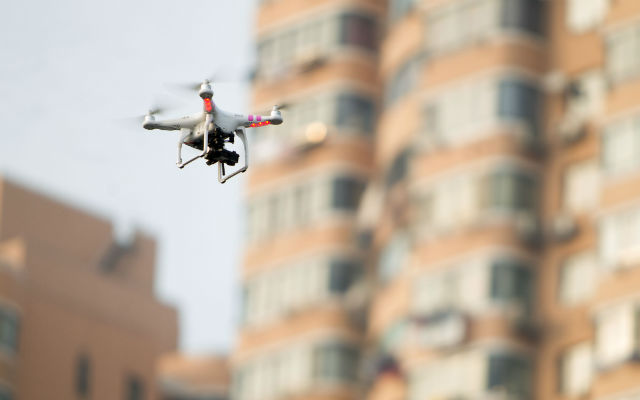Europe's aviation regulator has released its latest update of proposed rules governing the operation of unmanned air vehicles, and is calling for feedback from interested parties to help shape the process.
Advance Notice of Proposed Amendment (A-NPA) 2015-10 issued by the European Aviation Safety Agency provides an update on a draft framework that was released in March 2015, which proposed Europe take a proportionate and risk-based approach to UAV operations by splitting them into three distinct groups: open, specific and certified.
A-NPA 2015-10 offers stakeholders the chance to shape these new rules, with a 25 September deadline for responses, ahead of a planned submission of a new regulatory framework to the European Commission expected at the end of 2015.
“The objective of this A-NPA is to prepare EU regulations on drone operations and to consult stakeholders on the proposed ‘Concept of Operations for Drones’, as well as on key elements of the future implementing rules, especially for low-risk drone operations,” it says. “The outcome of the A-NPA public consultation will be considered in the development of the regulatory framework."

Rex Features
“Low-risk drone operations” are those that will fall under the proposed “open” risk category, which will not require authorisation, but will be expected to fly within certain parameters. Developing “concrete proposals” for this category are EASA's primary focus, it says.
The open category will also be split into three bands: toys/mini UAVs that weigh less than 1kg (2.2lb); “very small” UAVs weighing less than 4kg; and small UAVs that are under 25kg.
In addition to the proportionate element of the planned ruling, changes proposed by EASA include the elimination of national aviation authority control over UAVs that weigh less than 150kg, so all unmanned aircraft will be regulated at EU level. This, the agency says, is due to a request by operators.
As with manned aircraft, EASA would control the overall rulemaking, while each member state would be responsible for implementation.
“It is proposed not to include the oversight of the ‘open’ and ‘specific’ categories into the EU aviation systems,” the A-NPA says. “This will provide EASA [member states] with the required flexibility at local level, thus not being subject to EASA oversight (EASA standardisation).”
The proposal also includes the development of “no drone zones” in addition to other categories of airspace that would allow for the operations of different types of UAVs.
EASA acknowledges its plans will not be able to be implemented immediately because of the need to come up with certain standards in parallel. However, the open category is considered to be a “good average of the existing national regulations”.
The release of the A-NPA comes a week after the European Cockpit Association called for these proposed regulations to focus on the safety of people and manned aviation, and not the rights of recreational operators to fly such aircraft, noting that it is “absolutely critical that the technology is introduced safely, in particular with regard to existing manned aviation”.
Source: FlightGlobal.com


























